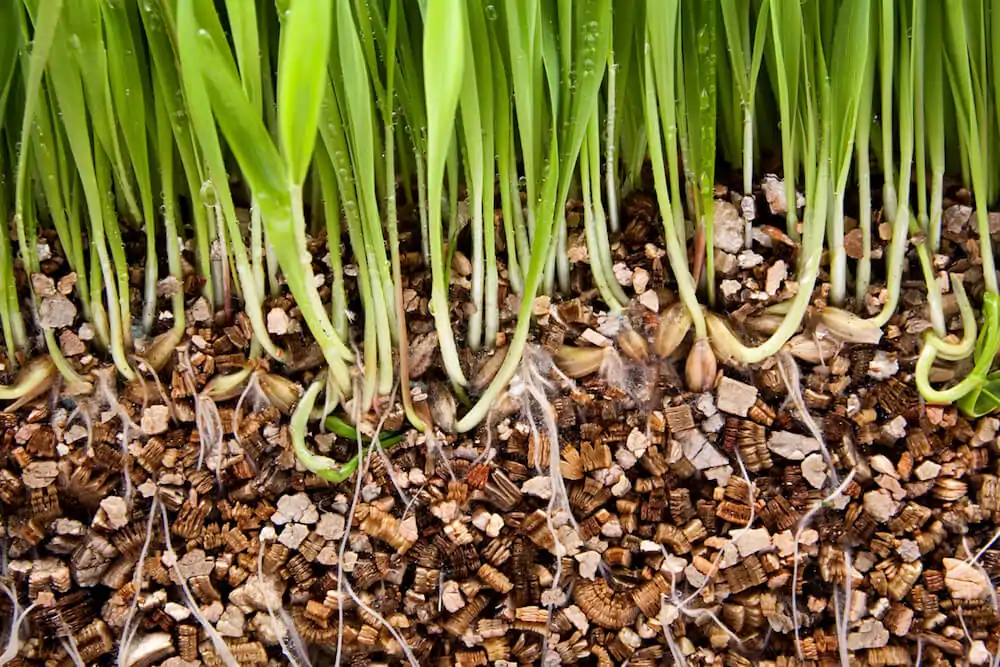Dec . 31, 2024 13:15 Back to list
Alternative Materials for Interior Wall Plastering Techniques and Applications
Wall Plastering Materials An Essential Guide for Construction and Renovation
Wall plastering is a fundamental process in construction and renovation that enhances not only the aesthetic appeal of a building but also its durability and insulation properties. The choice of plastering materials is crucial for achieving a perfect finish and ensuring the longevity of the walls. This article explores various wall plastering materials, their properties, applications, and tips for selecting the right type for your project.
Types of Plastering Materials
1. Gypsum Plaster Gypsum plaster, often referred to as drywall or plasterboard, is one of the most widely used materials for wall plastering. It is made from gypsum, a naturally occurring mineral. Gypsum plaster is known for its smooth finish, ease of application, and quick drying time. It is ideal for indoor applications and can be painted or wallpapered over once dried. However, it is crucial to keep gypsum plaster dry as it is not water-resistant.
2. Cement Plaster This type of plaster is a mixture of cement, sand, and water, making it a durable option for both interior and exterior walls. Cement plaster is known for its strength and resistance to moisture, making it suitable for humid environments. It can be applied in layers and is often used as a base for other finishes. However, cement plaster requires skilled labor for proper mixing and application to avoid issues like cracking and shrinkage.
3. Lime Plaster Lime plaster is made from lime, sand, and water. It is one of the oldest types of plaster used in construction and is renowned for its breathability and flexibility. Lime plaster is an excellent choice for historical buildings as it allows moisture to escape from the walls, preventing damage from trapped humidity. It also has a unique aesthetic, creating a more textured and natural finish.
4. Acrylic Plaster Acrylic plaster is a modern alternative that offers superior flexibility and water resistance compared to traditional materials. It is often used for external finishes and is available in a wide range of colors and textures. Acrylic plaster is particularly beneficial for areas prone to cracking or movement, as its elastic properties allow it to expand and contract with temperature changes.
5. Polymer-Cement Plaster This type of plaster combines traditional cement plaster with polymer additives, enhancing adhesion and flexibility. Polymer-cement plaster is ideal for exterior applications, providing better water resistance and durability against weather conditions. It’s also used for creating decorative finishes, contributing to both functionality and appearance.
wall plastering material

Selecting the Right Plastering Material
Choosing the right plastering material depends on various factors, including the application's location, environmental conditions, and desired finish. Here are some tips to help you make an informed decision
- Consider the Environment For exterior walls subjected to harsh weather, opt for cement or acrylic plaster due to their durability and water resistance. For interior walls, gypsum plaster can provide a smooth and appealing aesthetic.
- Assess Moisture Levels In areas prone to dampness or moisture, such as bathrooms and basements, materials like cement and polymer-cement plasters are better suited due to their moisture-resistant properties.
- Finish and Aesthetics If the visual appeal is a priority, consider lime plaster or acrylic plaster. Both materials offer unique textures and colors that can enhance the overall design of a space.
- Application Skill Level The skill level of the applicator also plays a vital role. Some materials, like gypsum plaster, are easier to work with for beginners, whereas cement plaster often requires more expertise for a flawless finish.
Conclusion
Wall plastering is an indispensable aspect of construction that significantly influences the aesthetics and functionality of a space. By understanding the various plastering materials available and their unique properties, homeowners and contractors can make informed decisions that best suit their needs. Whether it’s for new construction, renovations, or repairs, selecting the right plastering material can enhance the beauty and longevity of walls, ensuring lasting satisfaction for those who inhabit these spaces.
-
Eco-Friendly Granule Covering Agent | Dust & Caking Control
NewsAug.06,2025
-
Fe-C Composite Pellets for BOF: High-Efficiency & Cost-Saving
NewsAug.05,2025
-
Premium Tundish Covering Agents Exporters | High Purity
NewsAug.04,2025
-
Fe-C Composite Pellets for BOF | Efficient & Economical
NewsAug.03,2025
-
Top Tundish Covering Agent Exporters | Premium Quality Solutions
NewsAug.02,2025
-
First Bauxite Exporters | AI-Optimized Supply
NewsAug.01,2025
